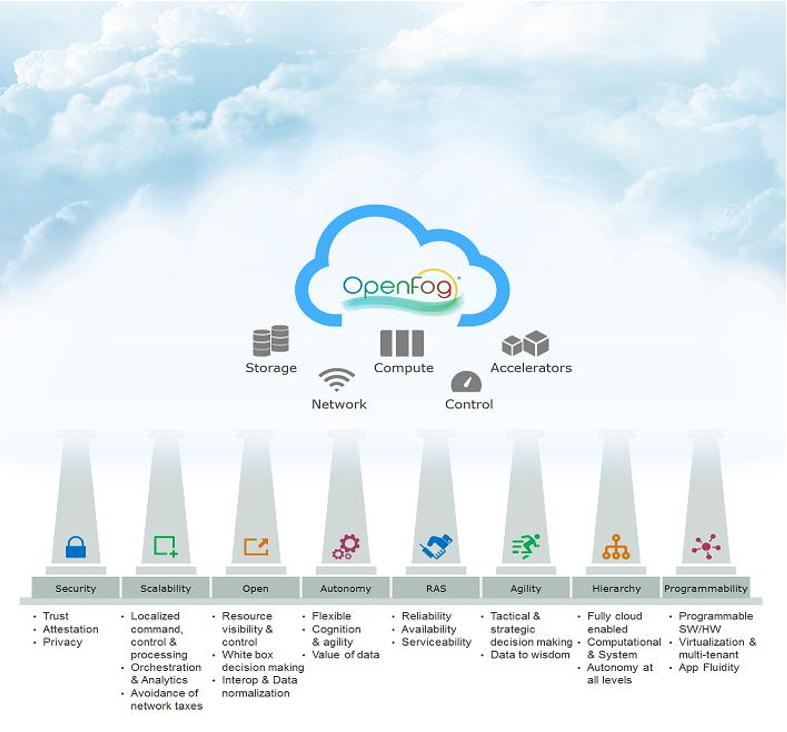Diferences between Mobile Edge Computing (MEC) and OpenFog is based mainly in
- Fog covers mobile but also wireline
- Fog covers edge but also access and wearable/things and intermediate layers between edge and cloud
- Fog addresses verticals beyond the mobile/service provider
- MEC standards are largely compute oriented, where the OpenFog Consortium’s reference architecture also embraces storage and deep packet networking
- MEC focuses on single layer of nodes in the RAN (Radio Access Network)- Open RAN MEC– or base transceiver station (BTS), whereas fog computing can have a deeper hierarchy
- Fog computing has a stronger emphasis on security/privacy
- Finally, fog is inclusive of cloud, while edge excludes the cloud.
One key element of 5G is likely to be Mobile Edge Computing (MEC), an emerging standard that extends virtualized infrastructure into the radio access network (RAN). ETSI has created a separate working group for it — the ETSI MEC ISG — with about 80 companies involved. MEC uses a lot of NFV infrastructure to create a small cloud at the edge,”
The 8 Technical pilars on which the Architecture of the OpenFog is based are summarized on the image above taken from the OpenFog_Reference_Architecture_2_09_17-FINAL .
See also The 10 myths of Fog computing.


